Insights
How to make an effective emailing campaign
It has been with us since the 80s and, although some people consider it finished, it is still one of the most common tools in our daily lives. We are talking about email: an excellent marketing tool for your company.
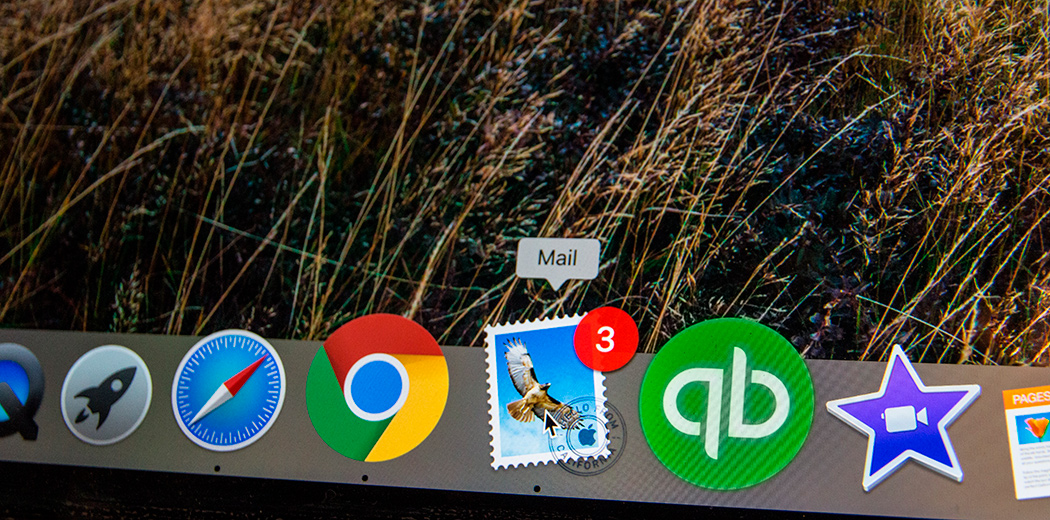
Today, it’s unusual for someone not to have an email address. And thanks to smartphones, there isn’t a day that we don’t dedicate at least a couple of minutes to check our inbox. So, don’t you think it can be a useful channel to communicate with your customers?
Marketing through email is not very costly and can yield surprising results. However, there are multiple factors in email campaigns that can largely determine the success or —hopefully not— failure of your efforts.
What are you going to talk about in your campaign?
It may seem too obvious, but the truth is that an important part of your email campaign is about to think about what you want to achieve and what you want to tell your recipients. You can tell them things about yourself (such as the benefits of your new product or a juicy discount) but you can also tell them many other things.
Stop for a minute and think about what you want to achieve and what you want to tell your recipients
In recent years, the term “inbound” has become more a more popular in marketing strategies, including email campaigns. It basically consists of creating quality, relevant, and useful content for customers in order to capture their attention. So forget about navel-gazing, something that unfortunately many companies are still guilty of.
Who are you going to address?
For your emailing campaign to work properly, it is also necessary to know well who its recipients are going to be. And for that, you need a good database. But what do we mean by ‘good’?
Well, in the first place, ‘good’ means that it’s not enough to have any email address caught on the fly, but it should only consist of email addresses from potential and receptive customers. Clean your user list of those you know practically nothing about or who have shown very little or no interest in what you tell them. Databases with a lot of inactive users will not help you at all when it comes to accurately measuring the effectiveness of your campaigns because it will always give very low results.

Then look for new ways to get quality leads. For your database to be good, it needs to be well-segmented: by ages, genders, interests, needs… Because what’s really effective is ‘attacking’ database by groups according to their characteristics and what you’re going to tell them. In fact, even if you’re going to send your message to all the members of your database, it’s better to adapt the content and tone to each group.
Make your user open your emails
Nowadays, with hundreds of emails in our inboxes, open a message is almost like a small miracle. And without opening, everything else doesn’t matter! So your first big challenge is to get most recipients to feel the need to click on what you just sent them.
That’s why the subject is so important. The number of characters you have varies depending on each email client, but in general, there are few, so you have to strive if you want your email to attract attention and encourage being read.
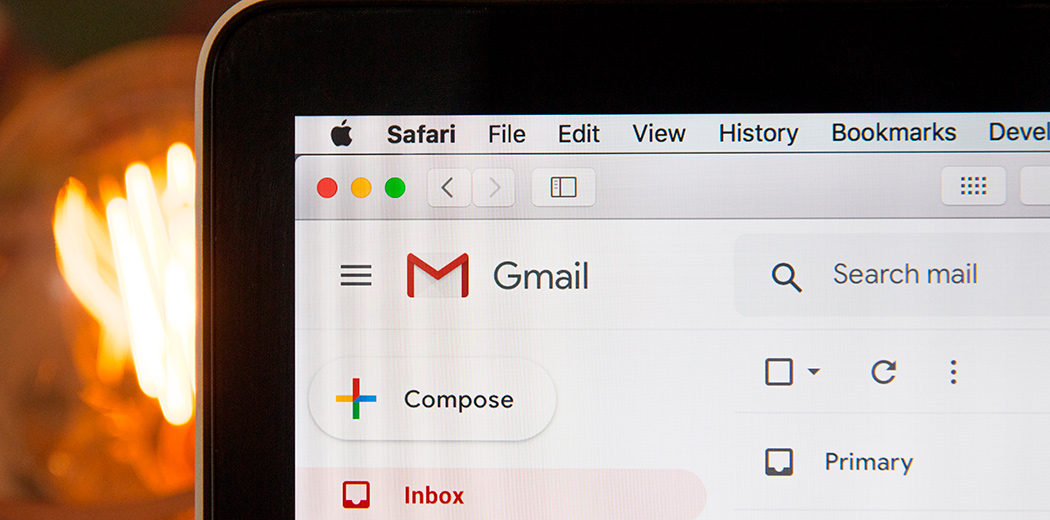
In addition to the subject, most email clients also show a small introductory text next to it in the inbox, the excerpt, so you can take advantage of these additional characters to offer valuable information that pushes your user to open your email. In this case, you can introduce as many characters as you want, but each email client will only display the text it can, hiding the surplus: the native Apple Mail app offers only the first 95 characters, but Outlook go down to 75 and Gmail offers about 150 characters but in total (both for title and the excerpt). So for your message to be as effective as possible in most clients, never exceed 45 characters.
Personalize
Addressing your users by their name is much more effective than doing so generically. It’s not only because we all like to feel a bit special from time to time, but because emails that use the name of their recipients in the subject are more likely to be opened than those that do not. And we have already seen that opening an email is the first step towards the success of our campaign!
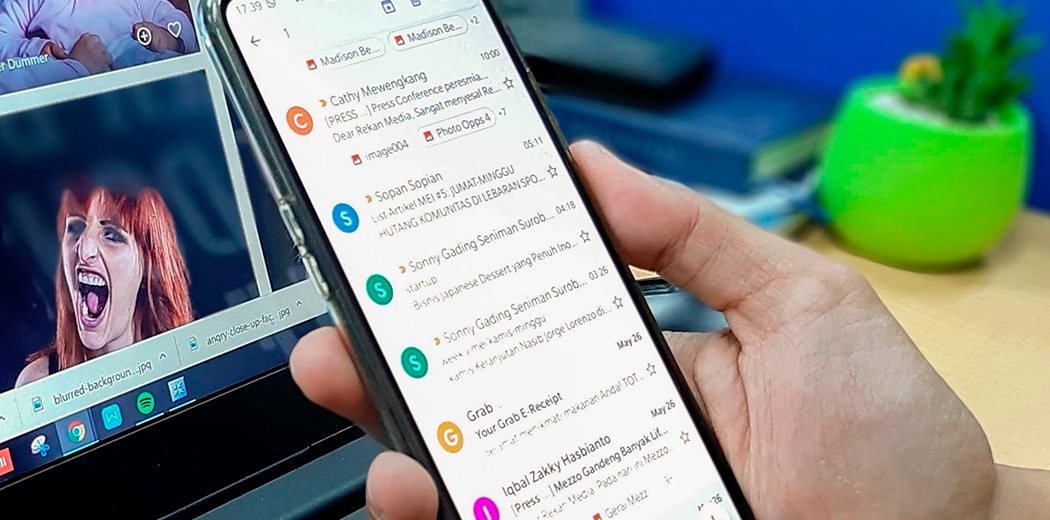
But personalization is not only limited to using the name of your recipients, but also to offering each one the appropriate content. Sending an email to someone who may not be interested will have a high cost for your campaigns in the form of opted outs, or damaging your reputation. Because even if you have their consent, putting your message in a user’s email inbox is still a small act of intrusion and a test of their patience. If you don’t want to lose their trust, never bother them with content that you know they’re not going to be interested in. Or they’ll never open from you again.
Make your emails fly
A user clicks on your message. Great! Unfortunately, your message takes more than two seconds to load. You’re lost!
The loading time of an email depends on each user’s connection. But you can contribute to shorten it reducing the weight of your messages to the minimum necessary. Approximately 60% of the loading time of an email is taken up by images, so focus on this point by adjusting the dimensions of your images to the maximum they will appear on screen.
Differentiate your campaign from the rest
How many emails do you receive in a week? How many do you open? And how many can you remember? An opening is the first step to success, but the next point is to ensure users don’t close your email without scrolling. And if they make it to the end, then you can be proud of your creation!
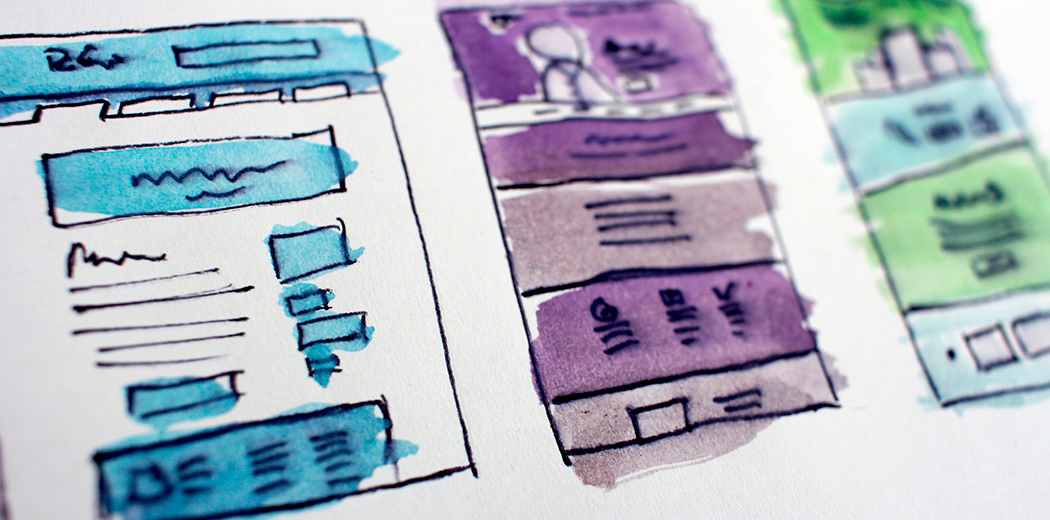
We’re all email users, so you probably know what works best to make a good impression: don’t use boring templates, try to be creative, use eye-catching headlines, the right tone, the right color palette, funny animated GIFs… In short, do something different!
Make your emails easy to scan
We hate to hurt your feelings, but we have to be honest: practically no one is going to read your message in detail. Most users will simply take a quick look, focusing on images, headlines, claims, and buttons. And not much more. Don’t lament this, learn to make the most of it, placing the key messages of your campaign in strategic places.
For example, users will always perceive what’s at the top as more important than what’s at the bottom and small texts of more than five lines are usually skimmed. Additionally, we generally pay more attention to the left half than the right half of a composition.
Set an objective
Your email should have a single clear objective and you should focus all your efforts on achieving it. And that goal should materialize in the form of a call-to-action, a button with an eye-catching text that directs your user where you want to take them.
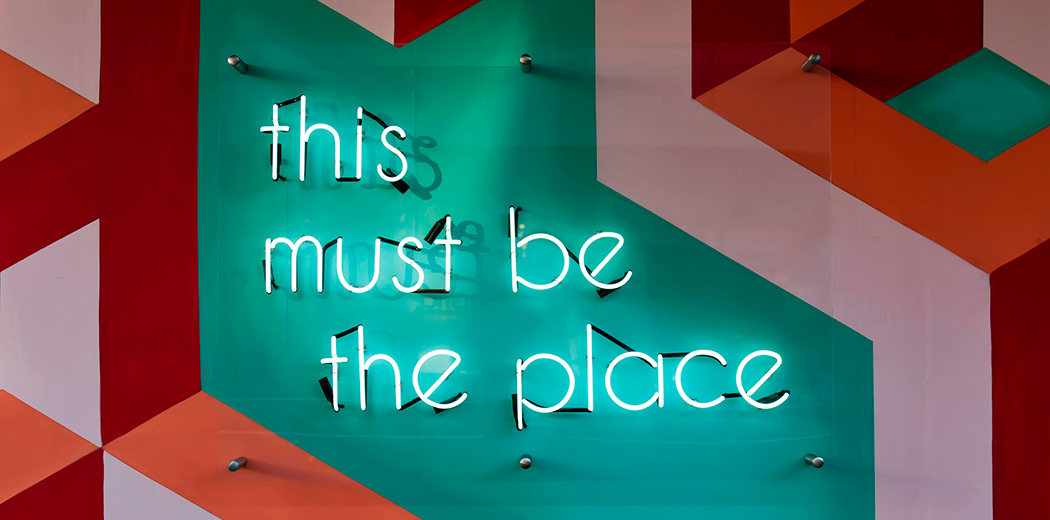
You can use as many call-to-actions as you need and distribute them in different places throughout your email, although for greater effectiveness the first of them should appear in the first 650 pixels of height. However, all your call-to-actions should always point to the same place, and you should avoid as much as possible any points of leakage, i.e., links to other places that are not the ultimate goal of your campaign, such as links to social media.
Emails will not achieve conversions for our business, but they will ‘only’ serve to bring interested traffic to a place where your visits turn into leads or customers. So, in this sense, the effectiveness of your emailing campaign will be very directly related to the effectiveness of your landing page. If you need more information on this point, in this article on our blog we list the best practices for creating a landing page that increases your conversions.
Compatibility
This is perhaps the point that causes the most headaches when designing an email. As with websites and browsers, the way your email will display will depend on the email client it is viewed with.
The way your email will display will depend on the email client
The difference is that, while web traffic is mainly divided between five browsers (Chrome, Safari, Firefox, Explorer, and Edge) and is mostly concentrated in those we can consider ‘standardized’, the use of email clients is much more fragmented (Gmail, Apple Mail, Android Mail, Outlook, Office 365, Gmail App, Samsung Mail, Lotus Notes, Yahoo!, Thunderbird, PostBox…) and there are still a lot of ‘conflicting’ versions (mainly from Outlook and Lotus Notes), so if you don’t take care of this aspect many of your customers may not view your message correctly, greatly reducing its effectiveness.
To avoid this you can use platforms like Litmus, which allows you to preview your emailing in a multitude of email clients before launching your campaign.
Keep your emails to certain dimensions
The design of your email should be between 560 and 640 pixels wide. There is no height limit, but keep in mind that the longer it is, the less effective it will be. Because it’s true that even though scrolling doesn’t require the same effort as running a marathon, asking a user to scroll down more than two screens is almost like asking them to run 42 kilometers.
The first 650 pixels in height are crucial, so try to be concise and, above all, try to place the most important elements of your message at the beginning, just in case your recipient doesn’t make it to the end…
Adjust your campaign to mobile phones
Your 560-640-pixel wide email design will work perfectly on any type of computer screen and tablets. However, you should know that currently around 50% of emails are opened on mobile devices with screens between about 320 and 414 pixels wide. And at these resolutions, your design will not work correctly, forcing your users to annoying zooming and horizontal scrolling.

So, if you don’t want many of your users to close your email without even having read it, make things easy with a responsive design adapted to these resolutions.
Always have a ‘Plan B’
Despite all your efforts, it is possible that some of your recipients may not be able to view your email correctly. They may represent a small percentage, but even so, it is important that you always offer a Plan B for these cases. You should always include a plain text version of your message as well as a link for users to open your email with their default browser, where they probably won’t have any problem viewing it as you created it.
Don’t include text in images

Many email clients (by default or through user configuration) block images loading as a security measure or to save mobile data. For this reason, always avoid using images with text, especially if this is a key message of your campaign, as you run the risk of the user not being able to read that important thing you want to tell them. Text should always go in the HTML of your email, so it will always be read. And all images should be accompanied by an alternative for when they are not displayed, be it a descriptive text or, in the case of a background image, a solid color that matches the rest of the email.
Make unsubscribing easy
All your emails must include a link from which the user can request to be removed from your database and stop receiving communications. Belive it or not, it’s very beneficial for your campaigns: it’s better for you to unsubscribe than to mark you as spam.
Make sure your campaign doesn’t end up in the bin
One of the major risks that your email campaign faces is undoubtedly that your messages, instead of ending up in your users’ inbox, end up in the spam bin. Spam can be directed by a user tired of receiving your news that doesn’t interest them at all. But you can also be banished there by email clients themselves without your recipient even realizing it, as Outlook, Yahoo!, or Gmail use automatic filters to analyze whether your mail is or is not likely to be ‘junk mail’.

To avoid this you can follow a series of guidelines, such as not sending constant emailings, not doing large batches at once, not using only uppercase in your subject or abusing them inside the mail, ensuring there is a good ratio between text and images (emails with little text or those composed only of images are often suspicious), not including attachments, not using shortened links, not hosting images on a different server than the one used by the email account from which you are sending, not using IPs that may be on the blacklists of emails, avoiding overloading the text with too many links or not abusing spam words (suspicious words, like ‘free’, ‘click here’, ‘easy money’, ‘wonderful’, ‘incredible’, ‘risk-free’, ‘urgent’, ‘prize’, ‘do not delete’, ‘congratulations’…). Also, never forget to include a sender.
Open a feedback channel
Your customer has already heard what you had to say. Now it’s important that you listen to what your customer has to say. Because listening to your users is not something important for your company: it’s essential. So, your email campaign must always have an email address or a contact phone number to which the user can turn if necessary. Avoid these contact forms being generic and consider a more specific email, with a person’s name (like [email protected]). And since your customer has gone to the trouble of writing to you, always have the detail to reply!
And now, what?
Even though the design of an email campaign is heavily influenced by certain factors that, as we have seen, can be somewhat controlled, unfortunately, there is no magic formula that guarantees assured success. Repeating a positive strategy from one campaign to another might give good results but can also end in the most resounding failure, simply because each company is different, each product has its characteristics, the timing is never the same and customers are always a wonderful mystery.
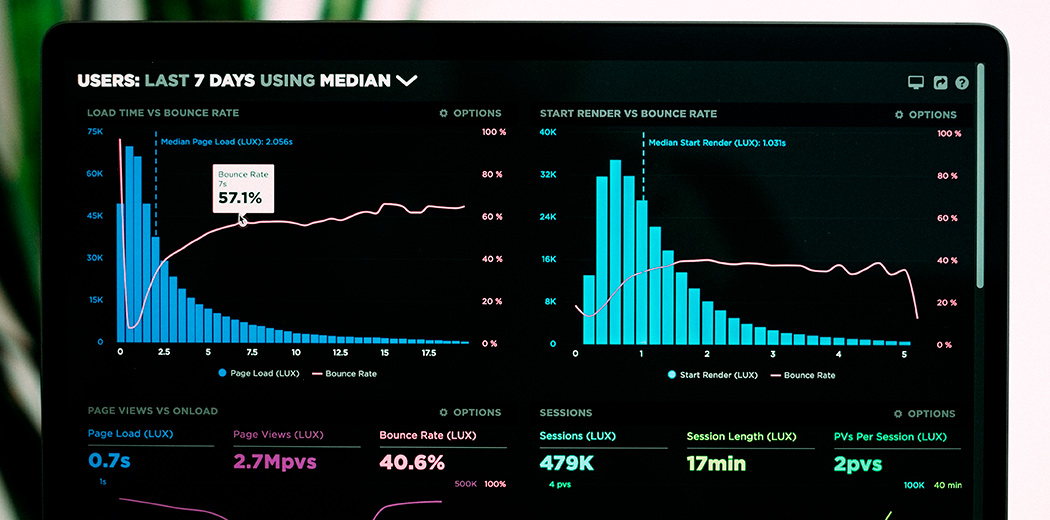
So, a very important job of every email campaign begins just when it has ended and consists of analyzing its results and learning from your successes and - even more - from your mistakes. To do this, you must implement a tracking system in your emails that allows you to collect measurements, such as how many emails have reached the recipient and how many have been bounced back, how many users have opened your email, how many have clicked on one of your call-to-actions, how many have converted… And so on!
Analyze your data, compare them with other campaigns, draw your own conclusions and use them in your next campaigns…
As you can see, email can be an excellent marketing channel as long as you do a good job. We hope that with these tips your next e mail campaigns will become a real success and your company will reach the goals you want. And if you need help with your campaigns, don’t forget that at OKB Interactive Studio we can help you with them.



